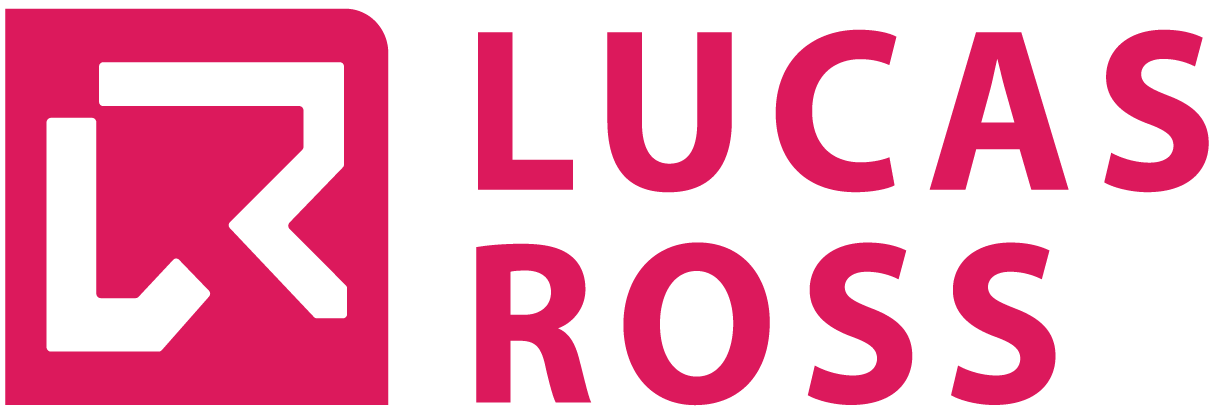A Company Voluntary Arrangement or CVA for short is a very misunderstood and underutilised tool in turning around an organisation’s fortunes.
The arrangement is a legal contract between a charity/not for profit organisation/society, its creditors and a Licensed Insolvency Practitioner. It allows the organisation to continue operating whilst under the full control of the directors/trustees/committee and stops any creditor from being able to take action to damage or close down the organisation.
The contract itself is called a proposal. The proposal in broad terms sets out:
- the assets and liabilities of the organisation,
- an explanation of what has led it to the position of proposing a CVA,
- details of why the CVA is better than liquidation, and
- confirmation of the financial proposal being offered.
Because it is a contract it provides the ability to completely restructure the organisation and can contain any terms, subject to them not being forbidden by the Insolvency Act.
The CVA covers all unsecured debts - e.g. landlords, HM Revenue & Customs, pension deficits, trade creditors, and employees’ claims. The only debts the CVA doesn’t cover is secured debts because the rights of a secured lender cannot be affected or varied by a CVA unless they consent.
The CVA process is split into 3 stages:
- Preparation of Proposal
- Insolvency Practitioner’s report to court
- Meeting of creditors and members
Preparation of Proposal
The proposal can take anything from a few weeks to several months to put together. Your chosen Insolvency Practitioner will work closely with you to complete this step.
Insolvency Practitioner’s Report to Court
The Insolvency Practitioner must submit a report to court on the CVA proposal saying whether it is fit for creditors to consider or not. It will be fit if it fairly balances the interests of all stakeholders concerned.
If it is fair, meetings of creditors and members will be set for usually 2-4 weeks from the date of filing the proposal. At this stage the CVA is not approved or in place, this will only happen at the meetings when creditors and members vote on the proposal.
Meeting of Creditors and Members
Both creditors and members must vote upon the proposal and must vote in favour by a majority of 75% or more (by value of debts of voting creditors) but greater than 50% in number of voting members.
Where creditors reject the proposal the members do not have to vote on the proposal as it can only be put in place if creditors say yes.
Once the CVA is approved the organisation continues in accordance with the terms of the proposal.
Greater detail on the proposal itself can be found by clicking on the links relevant to your type of organisation or by contacting Kevin Lucas of Lucas Ross on 0330 128 9489.
